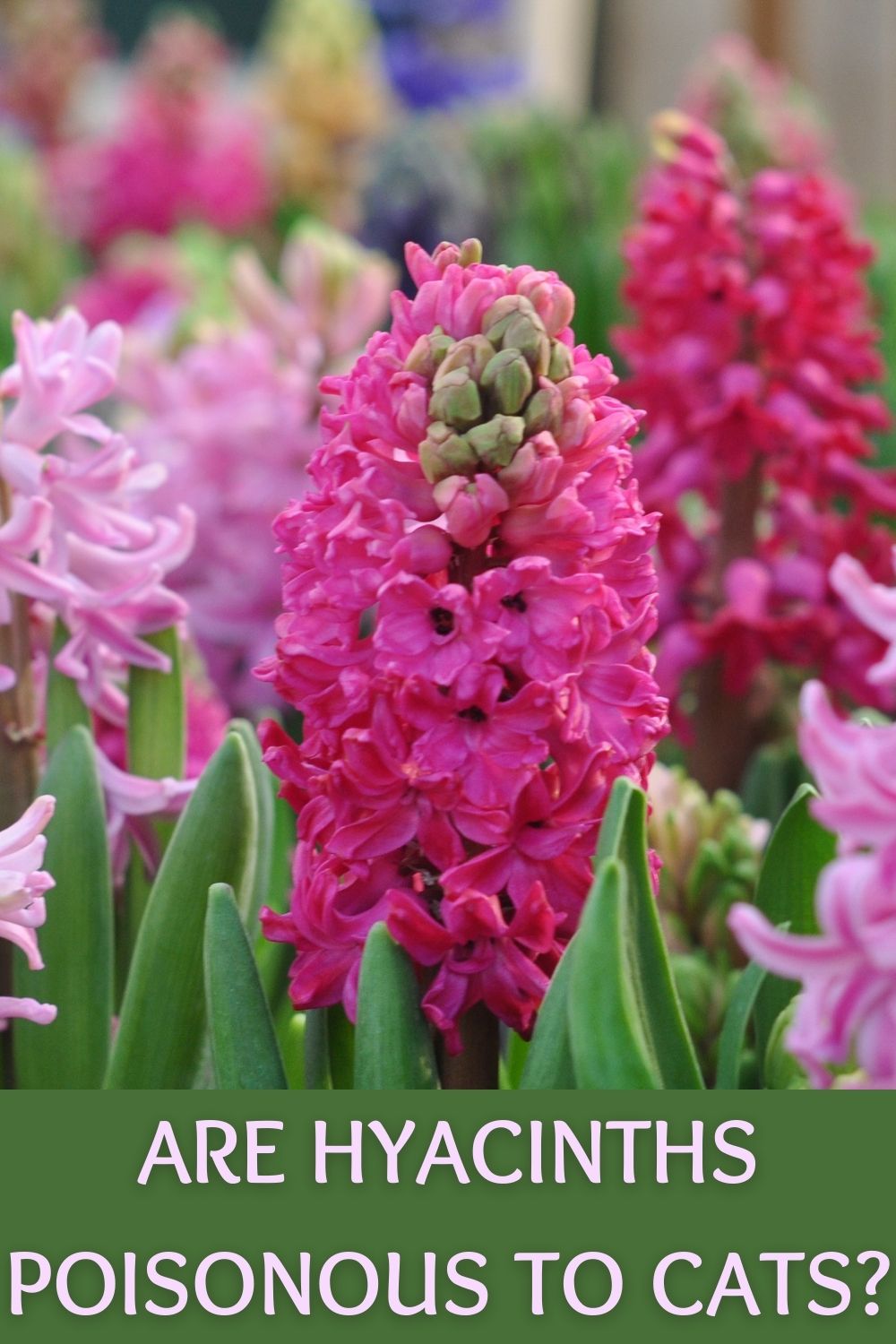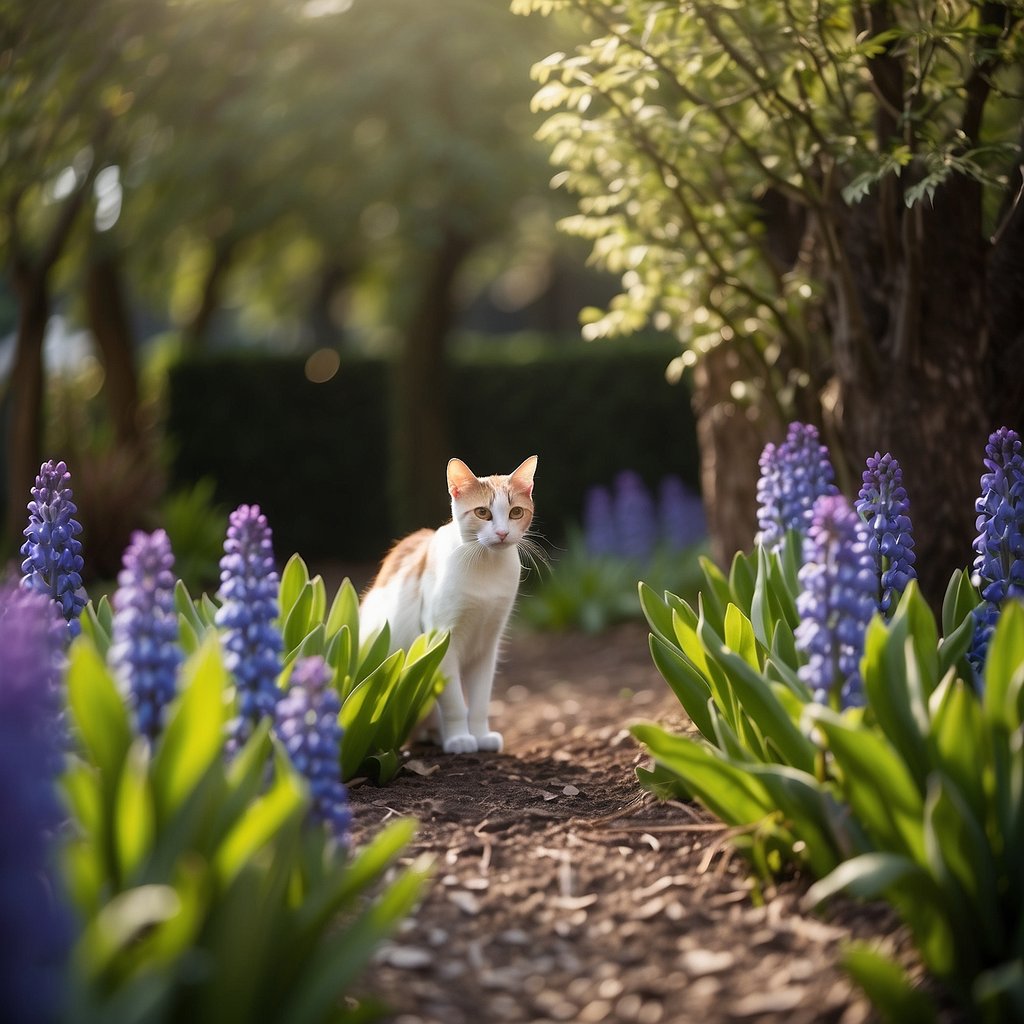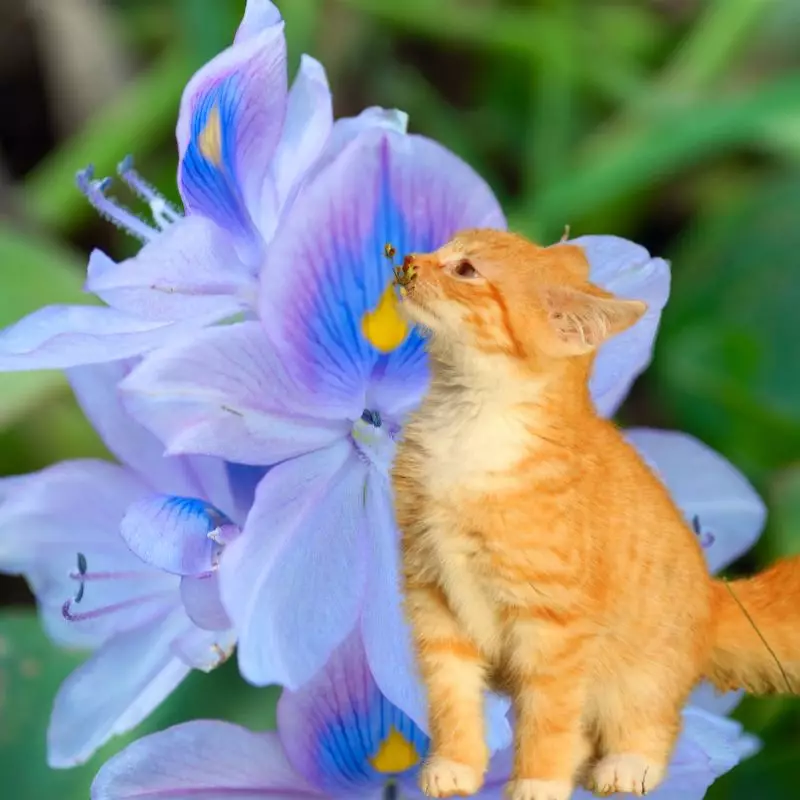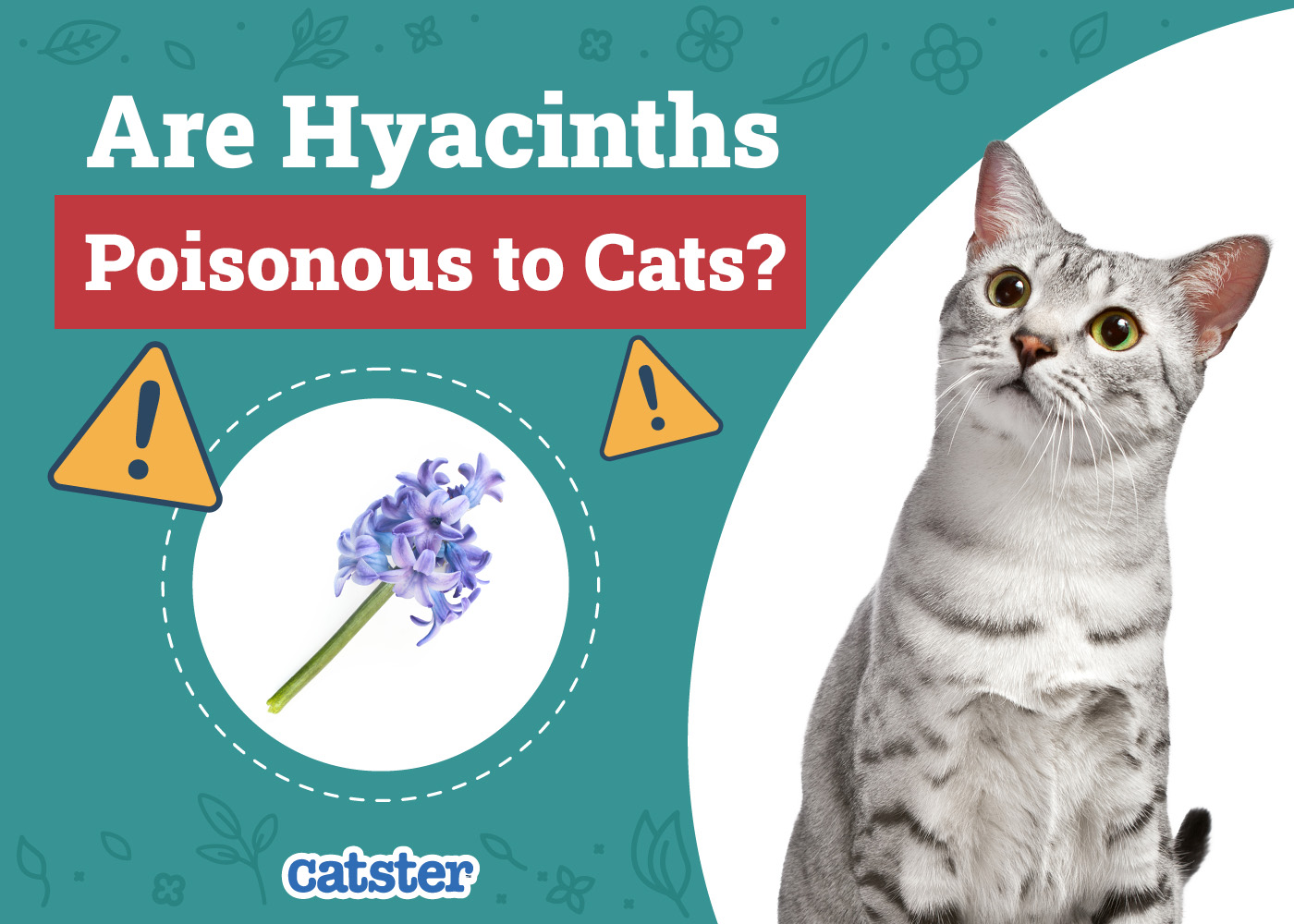Are Hyacinth Plants Poisonous to Cats? What Every Cat Owner Should Know

Picture this: it’s a drizzly April afternoon. My own tuxedo cat, Jasper, is perched like a king in the window, his tail flicking with intent curiosity at every new sight. Last spring, I’d just placed a stunning pot of sky-blue hyacinths on the kitchen shelf—a “welcome home” treat to myself after what felt like an endless winter. The flowers filled the room with a scent so sweet it almost demanded your attention; even Jasper seemed spellbound.

But if you’ve ever seen a cat approach something new—whiskers quivering and pupils wide—you know their curiosity isn’t just adorable; it’s relentless. In fact, cats are evolutionarily programmed to investigate changes in their environment. Psychologists call this neophilia: the strong attraction to new objects or scents—especially when boredom strikes. For indoor pets like ours, that craving for stimulation turns every plant into a potential puzzle…or snack.
It wasn’t until a frantic Google search (one paw on my shoulder, the other swatting at petals) that I landed on something that made my heart drop: hyacinths can be perilous for cats. Not just inconvenient—genuinely dangerous. Why? Their bulbs hold calcium oxalate crystals so sharp on a microscopic level that they are known to cause burning pain and swelling in the mouth—think of chewing glass shards hidden inside jellybeans. Leaves and stems aren’t harmless either: they hold similar irritants, waiting for an experimental nibble.
I wish I could say I acted right away—but it took Jasper’s second attempt before I moved the plant out of reach for good.
What psychology tells us is that awareness alone rarely triggers action—we need emotional anchors. In my case, the mental image of Jasper suffering while I scrambled to figure out what went wrong was more powerful than any printed warning label.

Why Do We Hesitate To Believe Our Flowers Are Harmful?
There’s this common cognitive bias called the “normalcy bias.” We assume if something is part of our everyday life—or sold at our favorite corner store—it must be safe by default. We trust what feels familiar; we like things that make our spaces beautiful and comforting. Houseplants especially play double-duty as visual therapy for us humans.
But beauty doesn’t always equal safety where cats are concerned. Hyacinths may look gentle but are anything but to feline physiology.
The Reality: What Actually Happens When Cats Eat Hyacinth
Let me break down what happened when a neighbor’s kitten (let’s call her Luna) feasted on an overturned hyacinth bulb during spring cleaning:
First 10 minutes: Luna started drooling heavily—so much her chin was soaked.
Within half an hour: She vomited twice and crouched in discomfort, paws swiping desperately at her mouth.
Emergency vet visit: After fluids and monitoring, Luna recovered—but not before her family paid $320 for treatment and lost hours to worry and guilt.

Why do some cats react so quickly? It’s not just about “what” they eat—it’s “how” their bodies warn them off further harm via rapid-onset symptoms: drooling (from oral irritation), vomiting (body expelling toxins), diarrhea, or even neurological distress (in extreme cases).
How Psychology Informs Prevention
If you’re like me—a worrier who wants both harmony and safety—the best approach is anticipating your own blind spots:
-
Out Of Sight Becomes Out Of Temptation:
Behavioral science shows that we—and our pets!—are most drawn to accessible temptations. Place all hyacinth plants somewhere physically unreachable (for cats, think high cabinets or behind closed doors). Even better? Swap them entirely for non-toxic beauties like Christmas cactus or Boston ferns which satisfy your desire for green without stress. -
Plan For Boredom-Proofing:
Ever wonder why a previously uninterested cat suddenly starts chewing leaves? Stress or lack of stimulation can drive cats toward novelty-seeking behaviors (that irresistible urge we talked about). Regular play sessions + enrichment toys reduce these risky explorations more than stern warnings ever will. -
Build A Safety Net With Your Crew:
After my ordeal with Jasper—and seeing friends make similar mistakes—I set up an informal system in our friend group: whenever one of us finds a gorgeous new plant, we share pics and check toxicity lists together before bringing it home. Peer accountability works wonders against wishful thinking! -
React Fast When Mistakes Happen:
Rather than freeze up from shame (“How could I have missed this?”), remember: rapid action saves lives far more often than perfect prevention does.- Gently remove any remaining plant bits from your cat’s mouth
- Call your vet immediately
- Bring the plant tag/photo so they can identify compounds
Why We Remember These Lessons: Story Is Stronger Than Fact
The thing is—we rarely remember dry lists (“hyacinths = bad”) unless there’s skin in the game…or fur in harm’s way. That jolt I felt watching Jasper sniff those blue blossoms sticks with me so much more keenly than generic warnings ever could.
Now when visitors marvel at my flower-free sills, here’s what I tell them:
“Every bloom here has been pre-approved by Jasper himself—it keeps us both happy.”
Your Pet-Safe Plant Protocol—Anchored By Experience
- Walk through your space as if you are your cat: Where would curiosity lead you first?
- Make a list—with photos!—of plants you know are safe; keep it where you shop
- Share plant-safety stories with fellow pet parents—the emotional details stick better than plain advice
- If family brings over cut flowers (“Surprise!”), don’t feel awkward gently explaining; most will appreciate being included in your pet protection plan
- Post both your vet number and ASPCA Poison Control hotline on your fridge
One Final Anecdote About Trusting Your Instincts
A few months after moving my hyacinths outdoors and filling my windowsill with baby spider plants instead, Jasper lost all interest in greenery mischief. But whenever he stretches beside sunlit leaves now, I feel relief—not anxiety.

The lesson that stuck most wasn’t from an instruction manual—it was from witnessing firsthand how easily love collides with ignorance…and how quickly small changes protect what matters most.
If there’s one thing our feline friends teach us best? Curiosity is powerful—but compassion wins every time when paired with preparedness.
So next time you catch yourself daydreaming over pretty blooms at the garden center or unwrapping a gifted bouquet, hear this storyteller whisper:
“Safety grows alongside beauty when we remember the paws who share our homes.”
If doubts linger or stories bubble up within you—share them! That ripple of awareness might save another whiskered explorer down the road.



